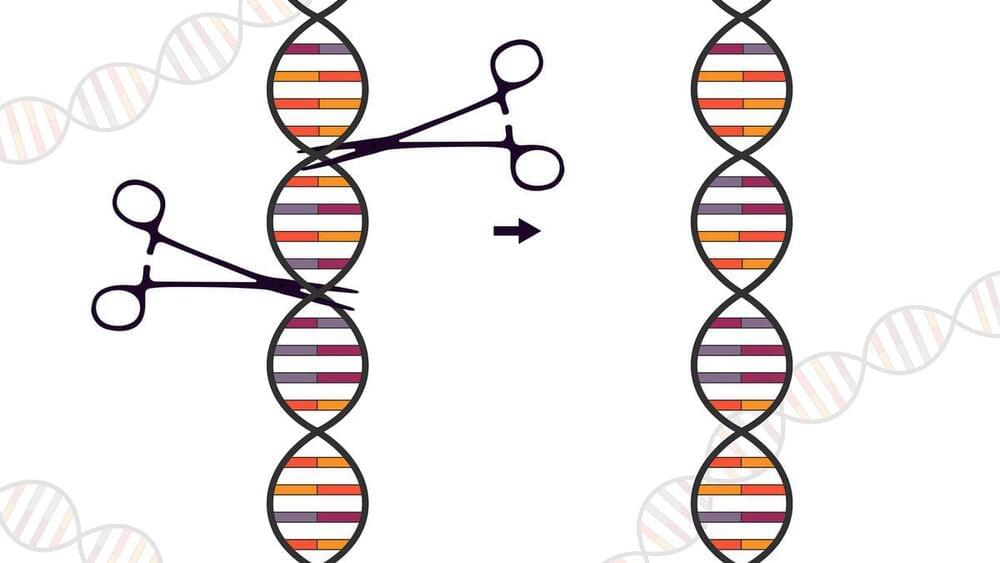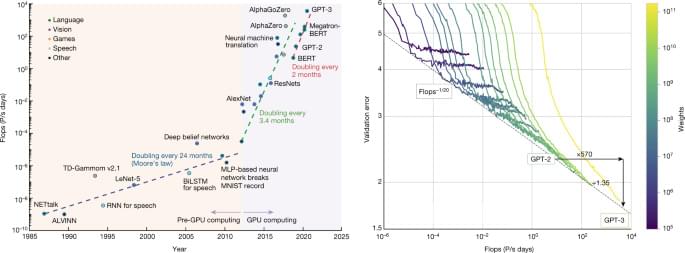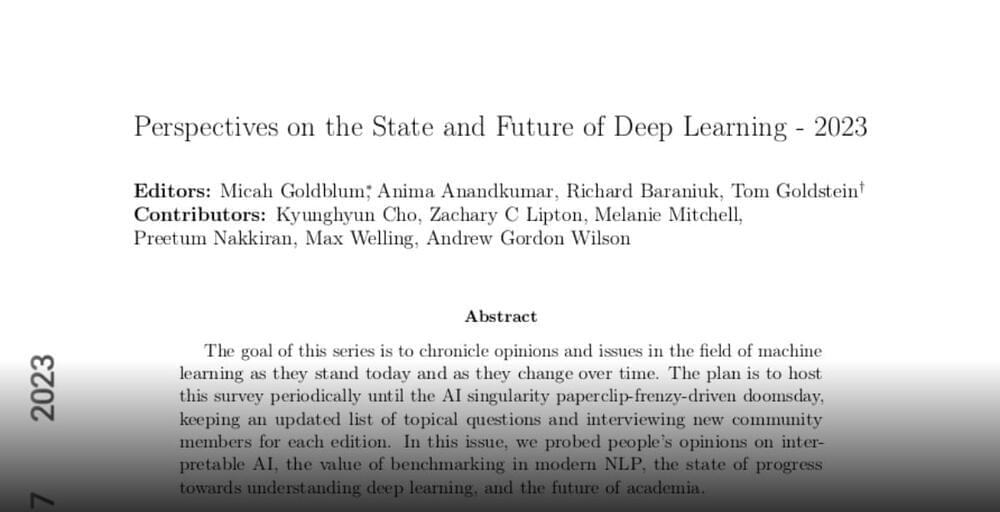Prehistoric insects, with their delicate and soft bodies, are challenging to preserve as fossils. While wings are more commonly fossilized, the bodies of these insects are often fragmented or incomplete, posing difficulties for scientific study. Paleontologists often rely on trace fossils to learn about these ancient insects, which are almost exclusively found as traces on fossil plants.
“We have a great fossil plant record,” said Richard J. Knecht, a Ph.D. candidate in the Department of Organismic and Evolutionary Biology at Harvard. “Further back in time, it’s the trace fossils that tell us more about the evolution and behavior of insects than the body fossils because plants and the trace fossils on them preserve very well. And the trace, as opposed to a body, won’t move over time and is always found where it was made.”








